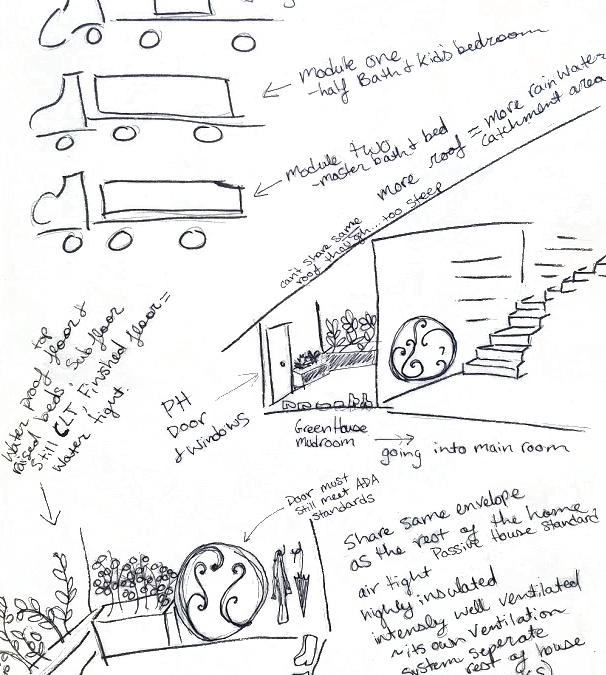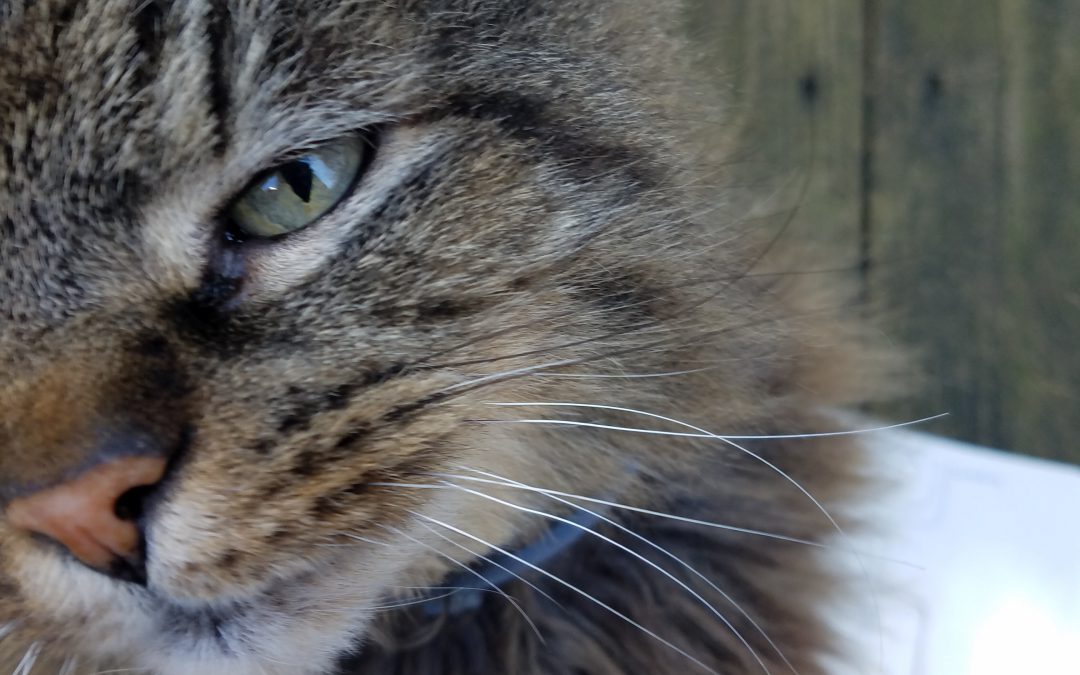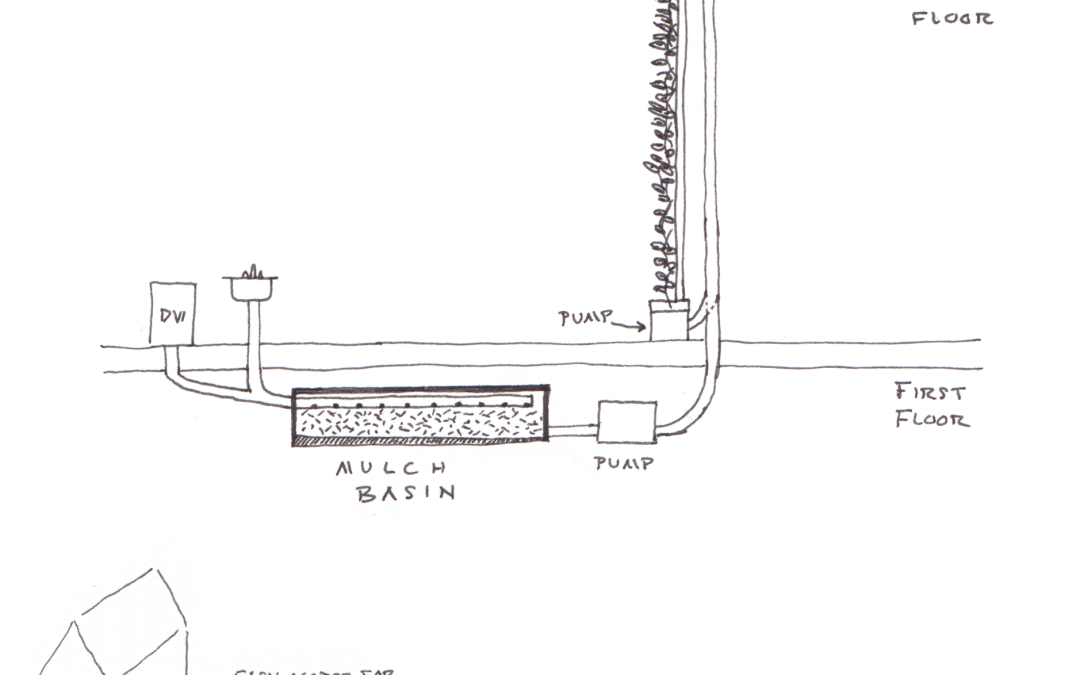
by William | Jul 21, 2021 | Net Zero
Dear Readers,
You see that crazy scribble scrabble in that image down below?
This blog is essentially just a more neatly transcribed version of those notes. If you feel an inclination to be totally absorbed by a whirlwind brainstorm of how to handle our “too-much-mulch-basin-filtered-greywater conundrum,” then this blog is for you. I will try to make it brief. Besides putting out our ideas to the world-wide web, we more so are looking for feedback and suggestions from you! Any thoughts are more than welcome.
So, without further ado…
This is our problem…
Some of you may already be familiar with this one of many issues with The Seed. To briefly sum it up, our mulch basin will end up filtering more greywater on a daily basis (about 30 gallons) than the indoor green wall needs in a week (about 20 gallons). You can read more about the conundrum in its entirety here.
The ideas that resulted from a morning wading through vexing greywater are as follows:

by William | Apr 7, 2021 | Net Zero
Dear Readers,
This whole mulch basin idea may actually work. Especially if we combine it with the pre-established genius of the Clivus Multrum composting tank design!
How it would work:
Kitchen and laundry wastewater will be directed to an inclined mulch basin. The incline will allow the effluent to gradually and evenly filter through the mulch and to the bottom. This would be an aerated decomposition process, as there will be a constant fan allowing ventilation to the basin, and there will also be aerobic organisms helping to break up and decompose the organic matter (noms..grease!). The water filtered to the bottom of the holding tank will be pumped to the indoor greywater garden wall.
I would like to find a way to aerate the filtered water at the bottom of the holding tank. A way to keep it from becoming stagnant will be helpful.
This entire process will occur below our home, but still within the home’s envelope so to ensure proper function during colder months. The two Clivus Multrum composting toilet systems beneath our home will be maintained the same way~ both contained within the home’s envelope. Remember the blog about The Seed looking like Baba Yaga’s hut? Welp, it may have three chicken legs now instead of two…so I don’t know what fairytale creature/structure it will now resemble…maybe a hodgepodge.
Because we are aiming to achieve Living Building Challenge certification, we will be (and already are..) highly conscientious of what goes down our drains. Anything that could disrupt the filtration processes will be avoided (such as yucky chemicals).

by William | Mar 10, 2021 | Small Footprint
Dear Readers,
This blog is short and sweet, because at the moment, ‘tis only an idea. For a refresher on our current ideas and challenges with treating all of our wastewater on-site, check out The Water Petal on our presentation blog. It explains in depth the depicted diagram shown below:
One of our issues with the above plan is we are unsure on what that filter should be in between our grease trap and indoor greywater garden wall. We have not been able to find any manufactured filter that is willing to treat kitchen water…so we are being encouraged to get creative, while still adhering to code….
An indoor kitchen mulch basin?
A mulch basin is a basin filled with mulch (woodchips) and a drain at the bottom. When effluent (in our case, kitchen and maybe laundry wastewater) is discharged onto or into the mulch, the mulch catches all of the particles and grease, and allows the water to filter to the bottom and out the drain. I emphasize “onto or into” because some systems have the wastewater being discharged below the ground surface, and then into a mulch basin. This type of subsurface mulch basin is preferred for kitchen waste water due to its desirability to animals (noms, grease). For both surface and subsurface mulch basins, bugs naturally find their way to the greasy wood chips, and help break down the organic matter.
The mulch does need to be replaced once a year, and is advised to be disposed of as compost. Some people have actually used the old mulch as supplemental chicken feed due to its high protein content!



